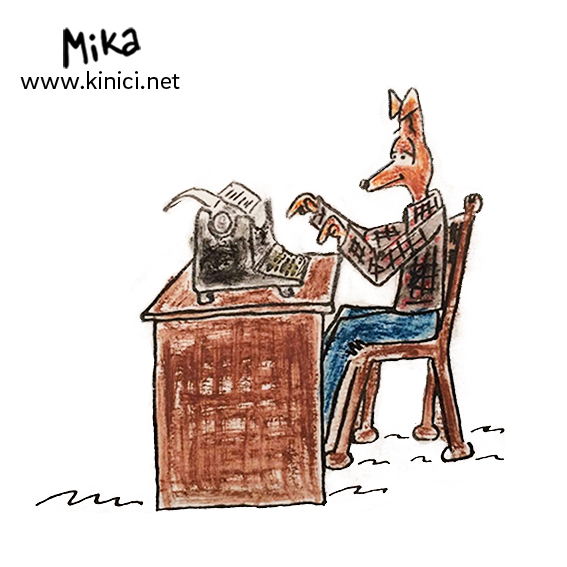 18/2/2018
18/2/2018
For anyone who owns a dog, it is almost an imperative when returning home to find torn envelope or notebook, shattered soil from a plant pot or chewed leg of a chair. And then what? Scolding? Beating?
Let us take an example: You return home and notice that the dog dug up plant pot. You start scolding it. After that, you decide to punish it by not taking it for a walk. Or by restraining it from its favourite toy for the day. Or by ignoring it till the end of the day. That is punishment. The basis of it is restriction from something that represents close or distant future. Dog is a creature that cannot rationalize why that day it did not go for a walk, did not get its toy or any of the things that is its daily routine. On top of that, a walk is absolutely necessary for a dog. So, this sort of punishment just deepens its behavioural problem.
Anyhow, if the dog is bouncing all over the apartment, do not take it for a walk while it is excited, because it will connect that type of behaviour with getting what it wants - in this case a walk. But if the dog digs up the plant pot at 12 o'clock while you are stuck in public transportation, when you restrain the walk at 12:30 – due to dog's perception that is different from ours – it will not connect that it is because of the pot. And if you start to explain, on top of that, that the soil's place is not on the floor, that will make it even more confusing, because dogs do not understand complex linguistic structures.
Correction is guiding and modifying its behaviour. The goal is to show it what is unacceptable behaviour and what is. It should follow right after the dog does something it is not allowed, and it should be done with word (sound), movement or touch, so the message you are sending is fully understandable. Precise. You see the dog tearing a notebook – correction!
So, react immediately after spotting the torn notebook, if you find the dog sleeping beside torn notebook...then nothing.
